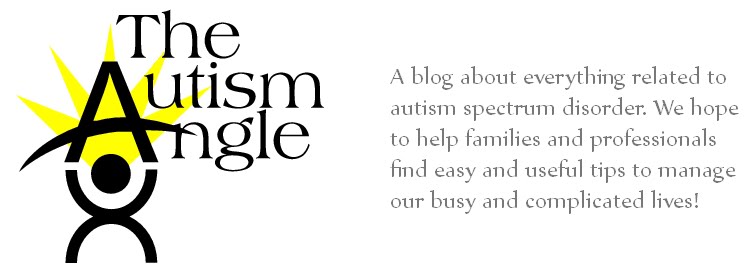Children with autism often excel at beginning learning skills like numbers and letters, but they sometimes have a hard time showing us what they know when activities are not structured in a way that makes sense to them. Oftentimes materials are cumbersome to deal with so we strive to make the organizational pieces easier to manipulate to make sure we are teaching the concept.
The goal of the activity to the left is to sequence making a person and here we simply put the magnetic pieces on a baking sheet and provided a little visual structure to indicate where the pieces go. If the person also needs a sample of how it goes together, this set comes with pictures of the finished product that you can chose to use or to leave out depending on the skills the person has.
These are great sequencing cards that you can find at most educational stores. Sequencing actions can often be challenging for individuals on the spectrum (young ones, for example may have a hard time knowing that we put our underwear on before not after we put our shorts on) so here I just velcroed the cards on the left and the provided spaces for them to go on the right.
 I love these puzzle piece activities to teach concepts because there is already structure in place. For individuals on the spectrum, however, it's helpful to use velcro to secure the pieces down and present it in a left to right sequence. In this example it's clear where the pieces go and we've included only the necessary matches so the person doesn't have to hunt through the entire box!
I love these puzzle piece activities to teach concepts because there is already structure in place. For individuals on the spectrum, however, it's helpful to use velcro to secure the pieces down and present it in a left to right sequence. In this example it's clear where the pieces go and we've included only the necessary matches so the person doesn't have to hunt through the entire box!You can use this same box and change out materials to teach all kinds of different concepts. In this example we're teaching identifying opposites.
Again, I found this letter matching activity at a place called The Bargain Box for not even a dollar and it's a favorite of many young ones on the spectrum-- after all, it is Thomas! You can arrange this activities where the goal is to find the letter that corresponds with the picture or you can put out all the pictures and the child finds the letter that goes with it. Using high interests are a great way to teach more academic kinds of tasks in a way that makes it fun and exciting!
- Molly




















